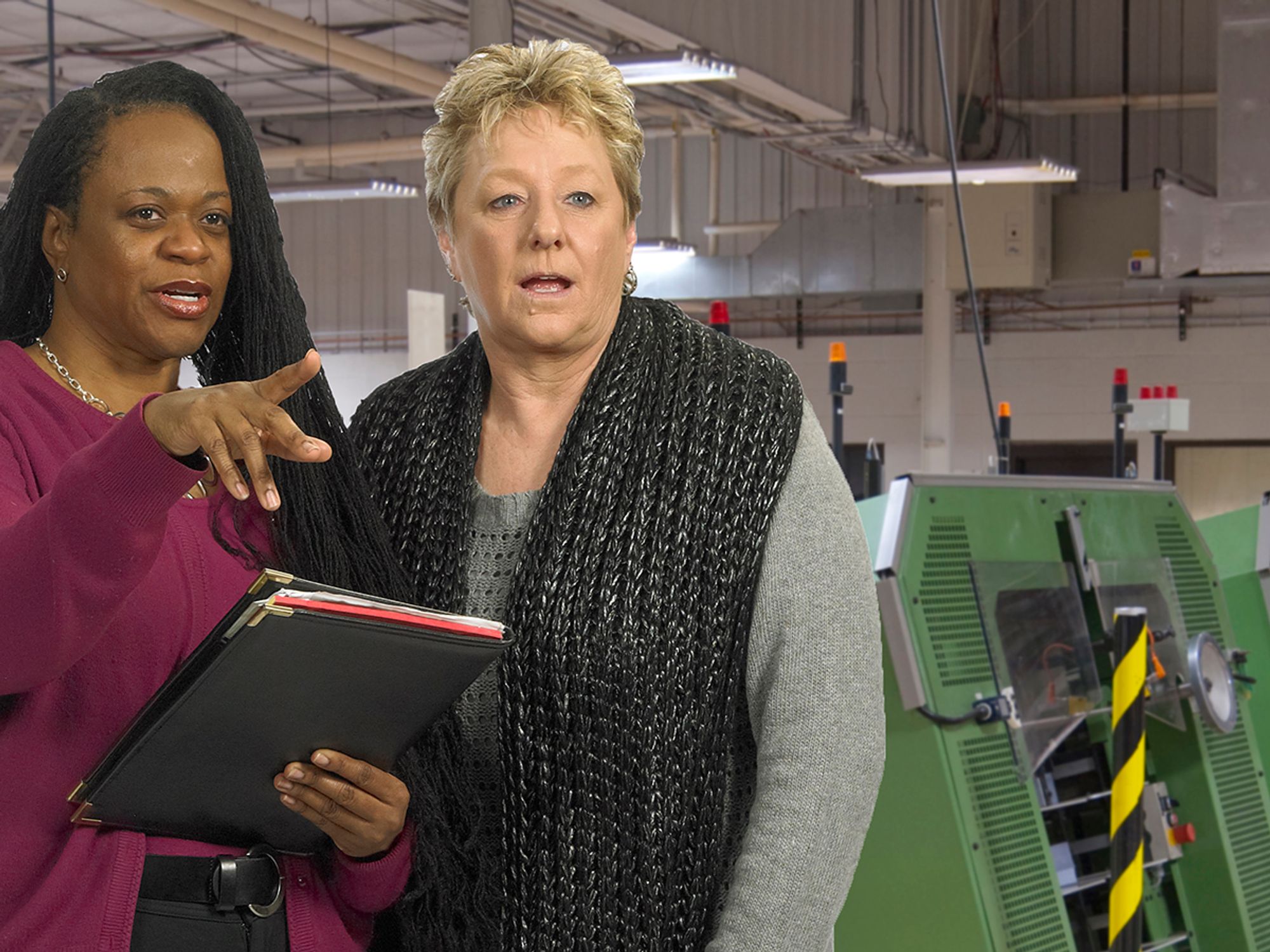Conducting incident investigations

- Thoroughly investigating all safety incidents helps an employer to identify where hazards exist in their workplaces.
- Effective incident investigations will not stop when a single cause of an incident is found, but should continue until the root cause — the “why” — is identified.
Workplace incidents — including injuries, illnesses, close calls/near misses, and reports of other concerns — provide a clear indication of where hazards exist. Thoroughly investigating incidents and reports will help identify hazards that are likely to cause future harm. The purpose of an investigation must always be to identify the root causes (and there is often more than one) of the incident or concern, in order to prevent future occurrences. Employers should:
- Develop a clear plan and procedure for conducting incident investigations, so that an investigation can begin immediately when an incident occurs. The plan should cover items such as:
- Who will be involved;
- Lines of communication;
- Materials, equipment, and supplies needed; and
- Reporting forms and templates.
- Train investigative teams on incident investigation techniques, emphasizing objectivity and open-mindedness throughout the investigation process.
- Conduct investigations with a trained team that includes representatives of both management and workers.
- Investigate close calls/near misses.
- Identify and analyze root causes to address underlying program shortcomings that allowed the incidents to happen.
- Communicate the results of the investigation to managers, supervisors, and workers to prevent recurrence.
Effective incident investigations do not stop at identifying a single factor that triggered an incident. They ask the questions “Why?” and “What led to the failure?” For example, if a piece of equipment fails, a good investigation asks: “Why did it fail?” “Was it maintained properly?” “Was it beyond its service life?” and “How could this failure have been prevented?” Similarly, a good incident investigation does not stop when it concludes that a worker made an error. It asks such questions as: “Was the worker provided with appropriate tools and time to do the work?” “Was the worker adequately trained?” and “Was the worker properly supervised?”
